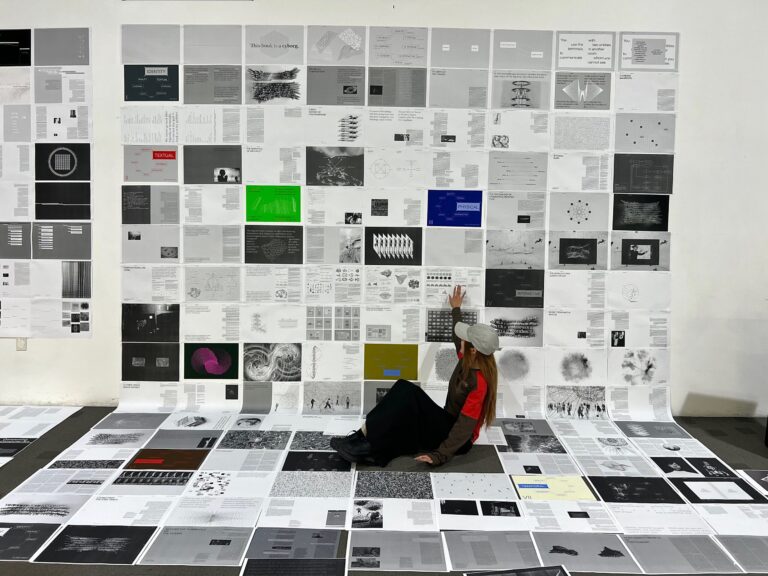What a difference AI has made to educational games in recent years – they’re now more engaging, effective, and packed with innovative learning tools. It’s hard to ignore the AI technology that not only understands math concepts but also employs them to evolve a richly interactive, customizable, and thought-provoking content environment. Let’s go beneath the surface – what drives this process forward? As these algorithms transform the face of education, a natural question arises: what’s the secret to their success? Get ready for an educational exodus from tedious to thriving: math AI infuses educational games with the excitement they’ve been missing.
The Foundation of Math AI: Understanding the Basics
At its core, math AI relies on algorithms designed to identify patterns, solve problems, and adapt to new inputs. Unlike traditional programming, which requires explicit instructions, AI systems learn from data. For educational games, this often means analyzing thousands—or even millions—of math problems, student interactions, and performance metrics.
Consider a scenario where a game adapts to a player’s abilities. An AI might begin with relatively simple arithmetic tasks but progressively adjust the complexity based on the player’s speed and accuracy. Such dynamism ensures that the content remains challenging but not overwhelming, keeping players engaged.
According to a 2023 report by EdTech Research, adaptive learning systems, including those powered by math AI, improve student retention rates by 34% compared to traditional static learning models. This statistic alone highlights the potential of AI-generated content in reshaping education.
Dynamic Problem Generation: The Art of Tailoring Challenges
Fresh math problems need more than just a numerical facelift; they need to be deliberately crafted to resonate with young minds and ignite curiosity. Math AI masters the art of mathematics when it employs the dynamic duo of procedural problem-solving and reinforcement learning.
Procedural generation allows AI to create endless variations of problems based on a predefined set of rules. For example, a game might task students with solving geometry problems involving triangles. The AI can generate triangles with varying side lengths, angles, or contexts (e.g., real-world scenarios like measuring land areas). But you can also use the AI app to solve problems. The AI offers solving math problems with answers and step-by-step solutions. Such an AI solver app is ideal for learning, because it helps to find weak points in understanding problems and close them.
Content Beyond the Numbers: Incorporating Storytelling and Visuals
While math AI often focuses on numerical and algebraic tasks, its contributions extend beyond raw computation. Educational games thrive when math is embedded in compelling narratives or interactive visuals. AI can seamlessly integrate these elements.
Imagine a game where students help a character solve puzzles to save their village. Math doesn’t have to be abstract – AI-created puzzles bring it to life with problems that mimic real-world hurdles, like supplying clean water to urban areas or boosting farm productivity. Imagine conquering fractions or mastering algebra through an engaging narrative – AI makes it happen, fueling kids’ enthusiasm for math.
Interestingly, a 2022 study from the Journal of Educational Computing Research found that students playing narrative-based math games showed a 21% higher problem-solving ability than those using non-narrative approaches. AI’s ability to weave math into stories thus has measurable benefits.
The Role of Data: Fueling AI’s Content Creation
Behind every smart AI system is a mountain of data. Educational games equipped with math AI analyze player behavior continuously. Metrics such as the time taken to solve problems, the number of attempts before arriving at the correct answer, and even patterns of mistakes are fed back into the system.
This feedback loop enables the AI to generate content that evolves with the player. For instance, if a student demonstrates a strong grasp of multiplication but struggles with fractions, the game might prioritize fraction-based challenges. Moreover, the system can identify common stumbling blocks across multiple users, prompting developers to refine the game’s educational strategies further.
Fostering Creativity: Math AI as a Partner in Innovation
One might assume that AI-generated content is formulaic or rigid, but that’s far from the truth. Say goodbye to predictable lesson plans: advanced AI math geniuses fuse artsy freshness with head-scratching math so that learners stay spellbound, enthralled, and informed.
Take, for instance, a game where players explore space. Orbital mechanics, speed, and distance questions swirl together like a category 5 hurricane, generated by an AI that puts math and science to the test. Imagine math that’s vivid, relatable, and even electrifying – that’s what happens when the AI reenacts everyday phenomena, stripping away abstraction and boredom.
By incorporating game-like features, AI can breathe life into learning experiences – think countdown timers that spark excitement, collaborative brain teasers that foster teamwork, or scoreboards that ignite healthy competition. The possibilities are as vast as the developers’ imagination.
Challenges and Ethical Considerations
Despite its many advantages, math AI isn’t without challenges. Bias in data can lead to content that is unintentionally skewed toward certain demographics. Relying too heavily on AI-generated content may suffocate the spark that sets human teachers apart: the ability to cultivate empathy and ignite critical thinking in their students.
To truly put users at ease, AI developers need to pull back the curtain and show how their systems work from top to bottom. AI can whip up content that’s often captivating, but don’t forget – it still needs a human touch to truly come alive.
Future Horizons: What’s Next for Math AI in Educational Games?
The prospect of math AI in educational games sends excitement racing – a promising convergence of innovation and learning. Imagine being able to craft content that’s as creative as you are – that’s the promise of cutting-edge technologies like AI. For example, an AI might one day generate entire virtual classrooms where students collaborate on complex problems in real-time, guided by an AI tutor.
Think of math AI as a trusted tutor, able to walk you through difficult math problems in language that’s clear, concise, and straightforward – a game-changer for students who crave clarity. Come 2030, the way we learn is going to look a whole lot different – that’s when experts expect the AI-powered education industry to balloon to a whopping $20 billion.
Conclusion
With Math AI at the helm, educational games have undergone a stunning makeover, now bursting with interactive puzzles, quizzes, and brain teasers that cleverly adjust to each student’s unique learning style and pace. Think Data + Storytelling + Code – an unlikely triumvirate crafting an innovative learning landscape that spells future-forward thinking. However, as with any technology, balance and oversight remain crucial.
The endgame isn’t acing a test or memorizing formulas; it’s breathing life into the learning process, so it’s no longer about the grade, but about the thrill of understanding. With math AI leading the charge, the possibilities are infinite—and infinitely exciting.













